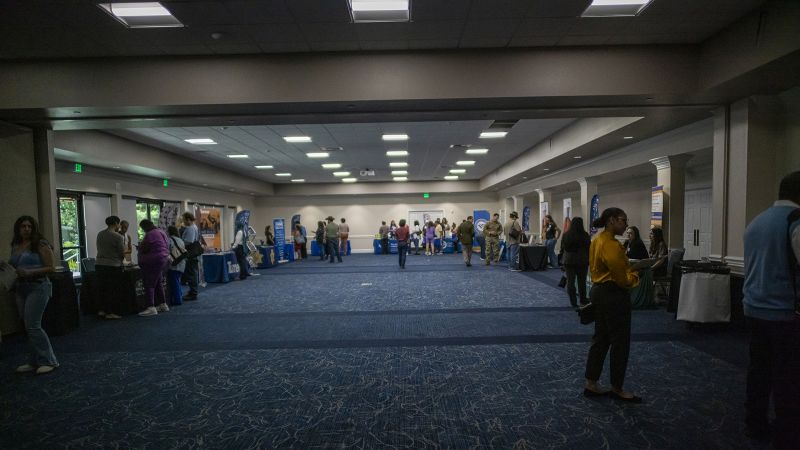The latest jobs report showed a mix of positive and negative economic indicators, leaving many unsure about the state of the economy. The good news was an explosion in payrolls, with a robust gain in jobs. However, the unemployment rate rose to 4%, the first time in over two years that it’s been above 4%. This increase in unemployment was primarily due to findings from the household survey, which showed a decline in employment and labor force participation. While the unemployment rate only rose slightly, reaching 4% could have psychological implications and impact the overall labor market.
Despite the rise in unemployment, there were stronger-than-expected wage gains for the month, pushing up average hourly earnings. This increase in wages primarily occurred in the service sector, which could have implications for inflation and the Fed’s monetary policy. Service sector wages have driven inflation, presenting a challenge for the Fed to balance wage increases with inflationary pressures. This report also highlighted mixed data on job cuts and hiring announcements, indicating a potential stall in the typical churn of a healthy labor market.
The latest GDP report showed a 1.3% annualized rate of economic expansion, down from the initial estimate of 1.6%. This downward revision was mainly due to a decrease in consumer spending, which accounts for a significant portion of the US economy. The report also indicated a decline in corporate profits, the first in a year, suggesting challenges in passing on costs to consumers. Despite some decent corporate earnings results, companies are finding it increasingly difficult to maintain profitability amidst rising costs.
Overall, the state of the economy remains uncertain, with a mix of positive and negative indicators complicating the economic outlook. While there have been gains in payrolls and wage growth, the rise in unemployment and declining consumer spending pose challenges for economic growth. The Fed faces the difficult task of balancing wage increases with inflationary pressures, particularly in the service sector. In light of mixed data on job cuts and hiring announcements, it’s unclear how the labor market will continue to evolve, potentially stalling the typical churn of a healthy economy.
While weekly jobless claims remain low and layoffs have declined, there are signs that the heat in the labor market in recent years has dissipated. With a cooling economy and challenges in passing on costs to consumers, companies are facing pressure on profitability. As Americans and the Federal Reserve seek clarity on the state of the economy, the latest reports present a complex picture that requires careful monitoring and analysis to understand the implications for future economic growth and stability.













